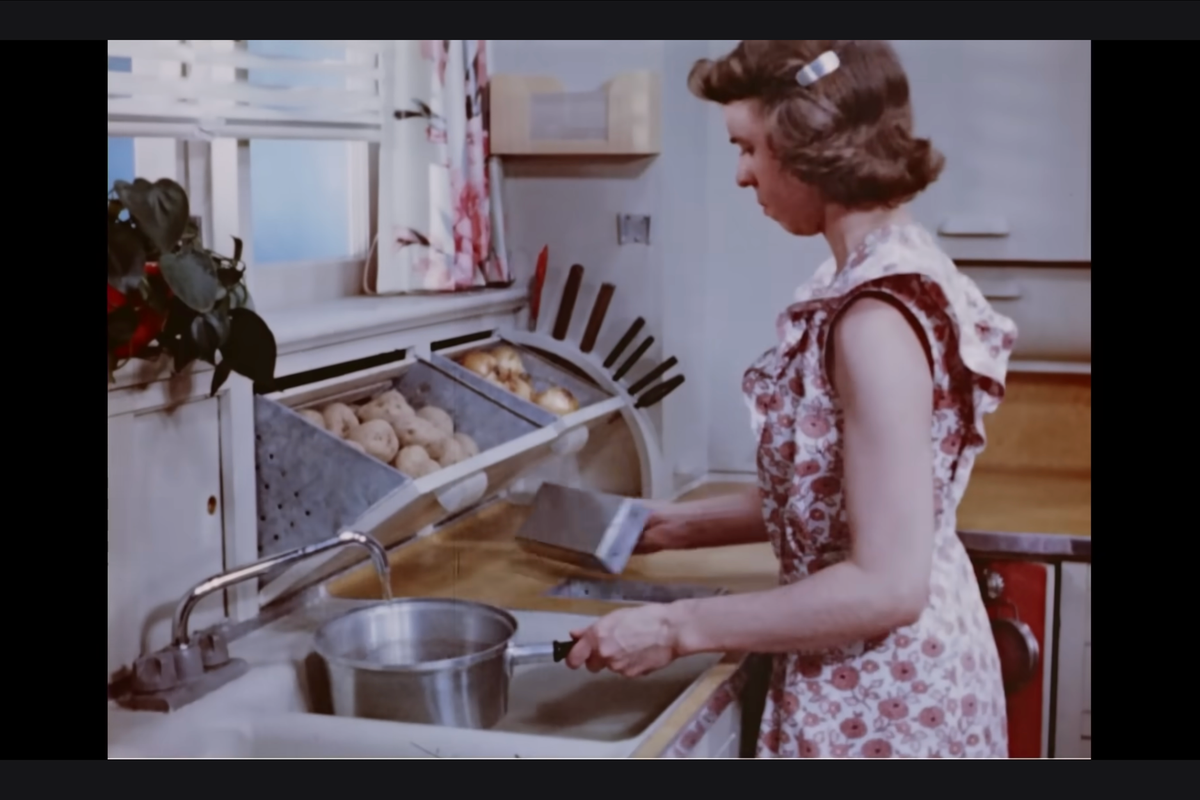Stories of what it's like growing up as a nudist are surprisingly normal childhood experiences
"It's not for the clothes minded"

People who grew up as nudists have surprisingly normal childhood
Nudity is something that people are often taught to hide in American culture. There are specific places and time where it's acceptable for people to expose their nude bodies like in the shower, doctor's office or gym locker room. There generally aren't many exceptions made unless you're under the age of two and recently learned how to remove unwanted clothing.
But even toddlers are quickly chased down and redressed while they wriggle about trying to escape again. Toddlers aren't the only ones that have a desire to be free from restrictive clothing, some adults prefer to be naked as much as possible. They not only desire to be as naked as a mole rat, they want to live a lifestyle where being nude is the norm.
People that commit to being nudists also get married, raise children and have a network of friends who are also nude. The nudist lifestyle has always been a point of curiosity for many people though most wouldn't dare to ask about it. But curiosity won when someone decided to ask what it was like to grow up as a nudist.

One of the best ways to learn about another culture or lifestyle is to be curious enough to ask questions to the members from that particular group. It can open up an informative dialogue making things feel a lot less strange and scary, which is exactly what happened when someone dared to ask what it was like growing up nudist. Several people who did grow up in a nudist family share their experiences while others who came into nudism later in life give their take.
"I grew up with nudist parents. They weren't very into the lifestyle but we did go to nude beaches a few times and were generally naked inside the home. I found it comfortable, clothes are a bit of a pain," someone writes in part before continuing. "It definitely desexualized nakedness and helped me appreciate that humans come in all shapes and sizes. When people find out, they often act very shocked but I had a positive experience. Even being a teenage girl in those spaces felt frankly much safer than regular beaches."

Another person shares about their childhood experience, saying in part, "I'm from the Netherlands. I grew up with 'naturist' parents in the seventies/eighties. There was a slight difference between nudists and naturists, but I can't remember what it was. We weren't naked all the time, but it was fine if you were. We went swimming naked every Sunday afternoon in the city public pool. I remember it felt totally normal for me to be naked in public, and seeing all these different body shapes and quirks.
I think more people are being shy about their naked body than when I was a kid. I'm still comfortable being naked around other naked (or even clothed) strangers, even though my body changed over the years (on the heavy side), and it allows me to not worry about the way I look. I reckon it's quite a task to keep up with what people think you should look like. I feel being nudist/naturist is good for being kind to yourself and the way you look."

Nudism and its affects are not yet thoroughly studied but in a small study done in the UK they showed that people who spent time naked with others felt more body positivity at the end of the experiment. So one could stand to reason that children exposed to all different body types from a young age would also grow to have a high level of body positivity.
But what about when those children are teenagers? Are they still naked around adults who are also unclothed? One person who's father was a nudist has an answer to those questions and it may be surprising to hear for some people, sharing, "Even the kids were naked. While a 3 year old isn't something surprising, a 10 or 15 year old sure as sh*t was. Made me feel a bit uncomfortable, but that was 100% on me. They were all just running around having fun and nobody cared."

The experiences shared by adults who were children of nudists all seem pretty mundane. There's no comments sharing anything outside of a normal childhood with the exception of everyone being naked. Clothing was always an option for guests and even children of nudist who wanted to wear them. One person shares that her only source of shame came from people outside of the community.
"My parents weren’t into it in a big way, by any stretch. But we went to nude beaches as a family when we were younger maybe a handful of times? I think mainly in France and perhaps once in Spain. It’s certainly normalized it to me to the extent I think it’s a fine thing to do. I remember telling other people casually though and them being quite shocked. Some even thinking it was ‘abusive’ of my parents to have done that," the commenter reveals in part.

Naturism may not be for everyone but it doesn't have to be a taboo subject whispered in hushed tones. From the sounds of it nothing nefarious or inappropriate is happening at these locations, just mundane daily living activities. Swimming, cookouts, watching TV and hanging out with friends. If everyone was clothed no one would think twice, so maybe knowing what actually happens at nudist resorts will help people release the stigma.



 TikTok · Ale
TikTok · Ale
 Kittens are the cutest.
Kittens are the cutest.  Grrrr, wook at his widdle paws and his widdle whiskers.
Grrrr, wook at his widdle paws and his widdle whiskers. 

 Design 3D GIF
Design 3D GIF 
 Bluebells at the Brooklyn Botanical Gardens.
Bluebells at the Brooklyn Botanical Gardens. 